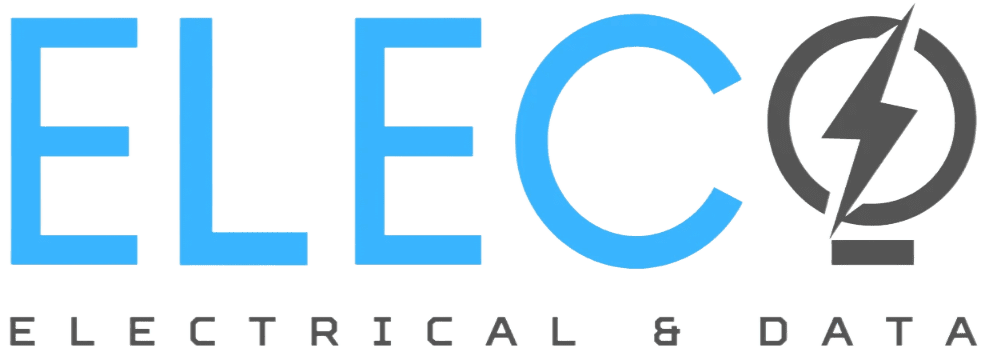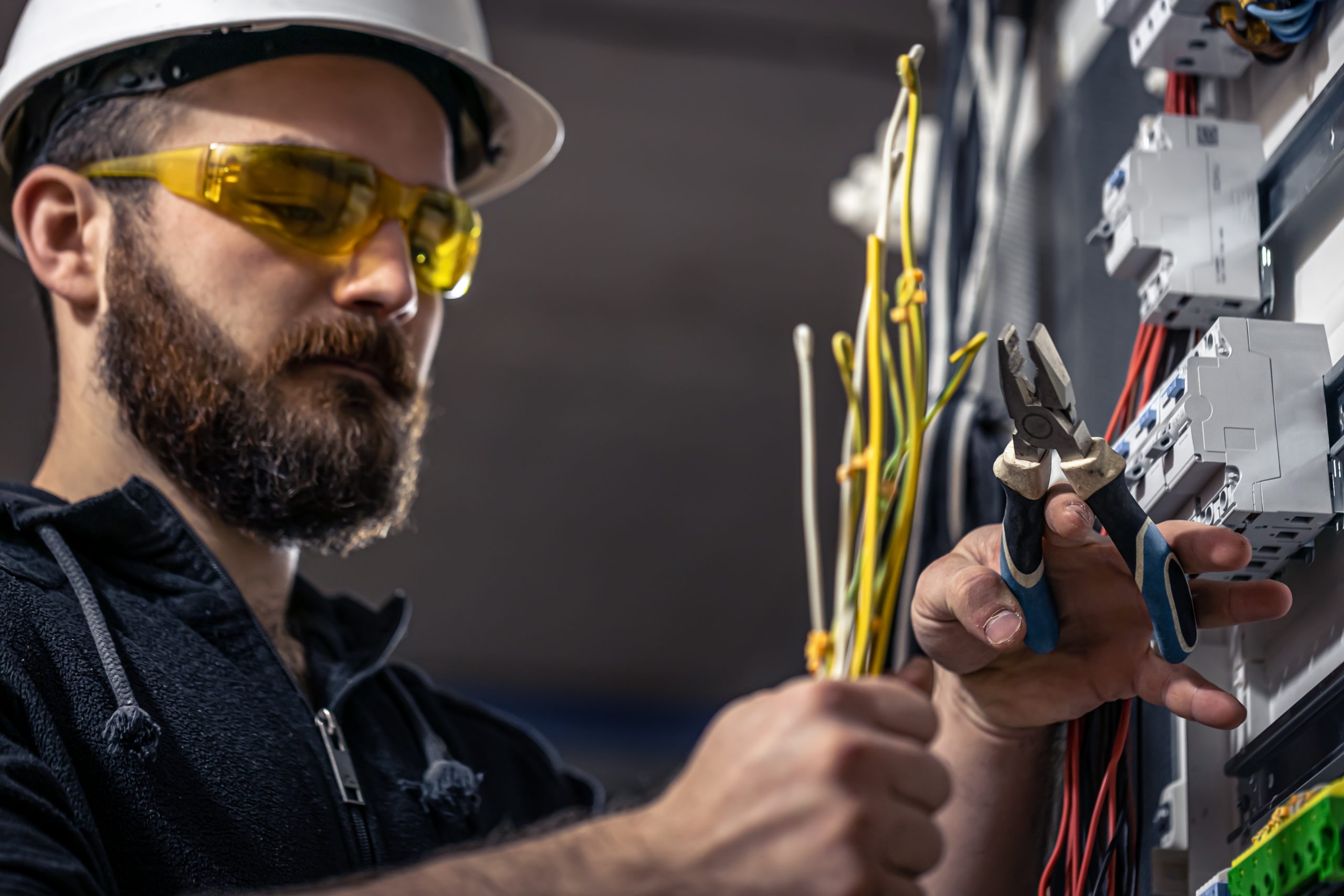Dealing with electrical problems at home or work can be stressful, whether it’s a sudden blackout or a stubbornly flickering light. Residents across Melbourne’s northern suburbs often start by searching for an electrician when power issues strike. The good news is that many common faults have straightforward checks or fixes. In this guide, we’ll explain typical causes (like overloads or old wiring), quick DIY safety checks, and when you need a licensed professional on the job.
In Melbourne and throughout Australia, common power issues include tripped breakers, “brownouts” (low voltage), and outlets that simply stop working. These can be caused by overloaded circuits, aging switchboards, faulty wiring, or even storm damage. Prompt, safe action is vital; a blown fuse or faulty power point isn’t just an inconvenience, it can also be a fire or shock hazard. We’ll break down the main problems and what to do about them so you’re prepared.
Whether you live in Mill Park or nearby Thomastown or Epping, hiring an experienced electrician in Mill Park means getting fast, reliable solutions. Licensed electricians understand local electrical rules and can spot hidden hazards. Read on for DIY tips, when it’s safe, and insights from Energy Safe Victoria about when to call the experts.
Common Electrical Problems in Melbourne Homes
- Power outages and tripped safety switches: If a breaker or main safety switch has tripped, first locate your meter box and try resetting it. Energy Safe Victoria advises resetting any tripped switch. If it won’t reset, this indicates a persistent fault; call an electrician immediately. For a short outage, turn off heavy appliances (to prevent overload when power returns) and use torches instead of candles for safety. Never attempt internal repairs yourself. Licensed electricians hold the proper insurance and certificates to work safely.
- Overloaded circuits: Too many appliances, heaters, air-con, or power tools on one circuit can blow a fuse or trip an RCD. A DIY check is to unplug devices and reset the tripped breaker. If it trips again immediately, leave the switches off and call a pro. Constant tripping usually means a circuit is overloaded or faulty. If fuses blow or breakers repeatedly trip, you should contact a licensed electrician. Modern homes have RCDs; test them by pressing the “T” button; if an RCD fails its self-test, get it replaced by an electrician.
- Flickering or dimming lights: A light that blinks or dims intermittently can signal loose wiring, a failing bulb/dimmer, or neutral wiring issues. First, tighten the bulb or replace it. If LED lights flicker only when certain appliances run, that can point to an overloaded circuit. If multiple lights or outlets flicker or go yellow, unplug appliances and switch off easy-to-reach outlets. Then call your electricity distributor to report low voltage. Do not poke around the switchboard yourself.
- Faulty power points (outlets): Loose or damaged outlets may spark, smell of burning, or simply lose power. If an outlet feels warm or sparks when in use, turn off the power to that circuit and do not use it. A quick DIY check is to swap plugs between points to see if the problem follows the appliance or stays with the point. Always switch off the relevant breaker before inspecting. If the outlet remains dead or shows damage, repairing or replacing a power point involves wiring, which is not DIY-safe.
- Electric shocks from taps or appliances: Tingling shocks from appliances or even water taps can indicate major wiring faults. If you feel a shock from something like a metal tap or plugged-in device, immediately unplug the appliance if safe and turn off power at the switchboard. Then call an electrician without delay. If someone experiences shocks, a licensed electrician must inspect the wiring; it’s too dangerous to ignore.
DIY vs Professional:
The table above highlights when it’s appropriate to try a simple check or reset, versus when you need a professional. In Australia, only a qualified electrician should install or repair wiring. Licensed electricians carry insurance and provide a Certificate of Electrical Safety after each job.
| Issue | DIY Checks (Safe) | Professional Electrician Checks |
| Power outage | Check and reset the tripped breaker or safety switch; turn off heavy appliances and use torches. | If the main switch won’t reset, or the outage persists. |
| Circuit overload | Unplug devices; reset breaker. Test RCD/safety switch. | If the breaker repeatedly trips or the RCD won’t reset. |
| Flickering lights | Tighten/replace bulbs; unplug appliances on the same circuit. | If whole-house flicker or dimming happens and persists. |
| Faulty PowerPoint | Try a different outlet; switch off the power before visual check. | If a socket is hot, discoloured, or dead, or emits sparks/smoke. |
| Electric shocks | Unplug appliances; switch off power if needed. | Immediately, even if shock feels mild. |
Electrician Mill Park: Professional Help When Needed
Some electrical problems always require professional attention. If you’ve checked the basics and the issue isn’t solved, it’s time to call an electrician. Melbourne’s electrical services professionals can quickly pinpoint issues like outdated switchboards or hidden water damage to sockets. They’ll ensure all repairs meet Australian Standards and provide safety certificates for insurance.
Here’s when an electrician should be involved:
- Persistent breaker trips or shocks: If resetting a breaker doesn’t fix repeated outages, or if someone received a shock, stop and call for help. According to Energy Safe Victoria, any failure of safety switches (RCDs) must be corrected by a licensed electrician.
- Renovations or installations: Anytime you’re adding new outlets, fans, or appliances that require wiring, use an electrician’s services. It’s not just safer; it’s the law in Australia to have a certificate for new electrical work.
- Unknown faults: Sometimes outlets die or lights dim for no obvious reason. Electricians can test circuits end-to-end and find loose connections or equipment faults.
- After storms or accidents: Water intrusion, lightning strikes, or rodent damage can make wiring unsafe. A thorough check by a qualified electrician ensures no hidden danger.
By contacting an electrician early, you often prevent minor issues from becoming major repairs. They can also advise on upgrades like modern LED lighting or safety switches that improve energy efficiency and safety. Remember to book electrical services through a licensed company.
Conclusion
Electrical problems shouldn’t be taken lightly. This guide covered common issues like power outages, overloads, flickers, and faulty sockets, and underscored safe DIY checks versus when to call in pros. The key takeaways: always prioritise safety, never ignore repeated faults, and rely on a certified electrician in Mill Park for repairs beyond simple resets. Licensed electricians protect your home and family by fixing the problem properly and meeting all regulations.
If you’re experiencing any of these issues or simply want a safety inspection, don’t hesitate to seek professional help.
Ready for a reliable fix? Book trusted electrical services online or contact us today to schedule an experienced local electrician for your Melbourne home.
FAQs:
-
Is Eleco licensed and qualified to handle complex electrical work?
Yes. All electricians at Eleco are fully licensed, insured, and trained to meet Australian electrical standards. They are experienced in handling both small residential jobs and large-scale commercial projects with precision and professionalism.
-
Does Eleco service areas outside of Mill Park?
Yes. While Eleco is a trusted local electrician in Mill Park, the team also services surrounding areas across Melbourne’s northern suburbs, including Thomastown, Epping, Lalor, and Bundoora.
-
Can Eleco help with upgrading old switchboards and safety systems?
Absolutely. Eleco specialises in switchboard upgrades and installing safety switches to ensure your electrical systems are compliant, safe, and capable of handling modern energy demands.


